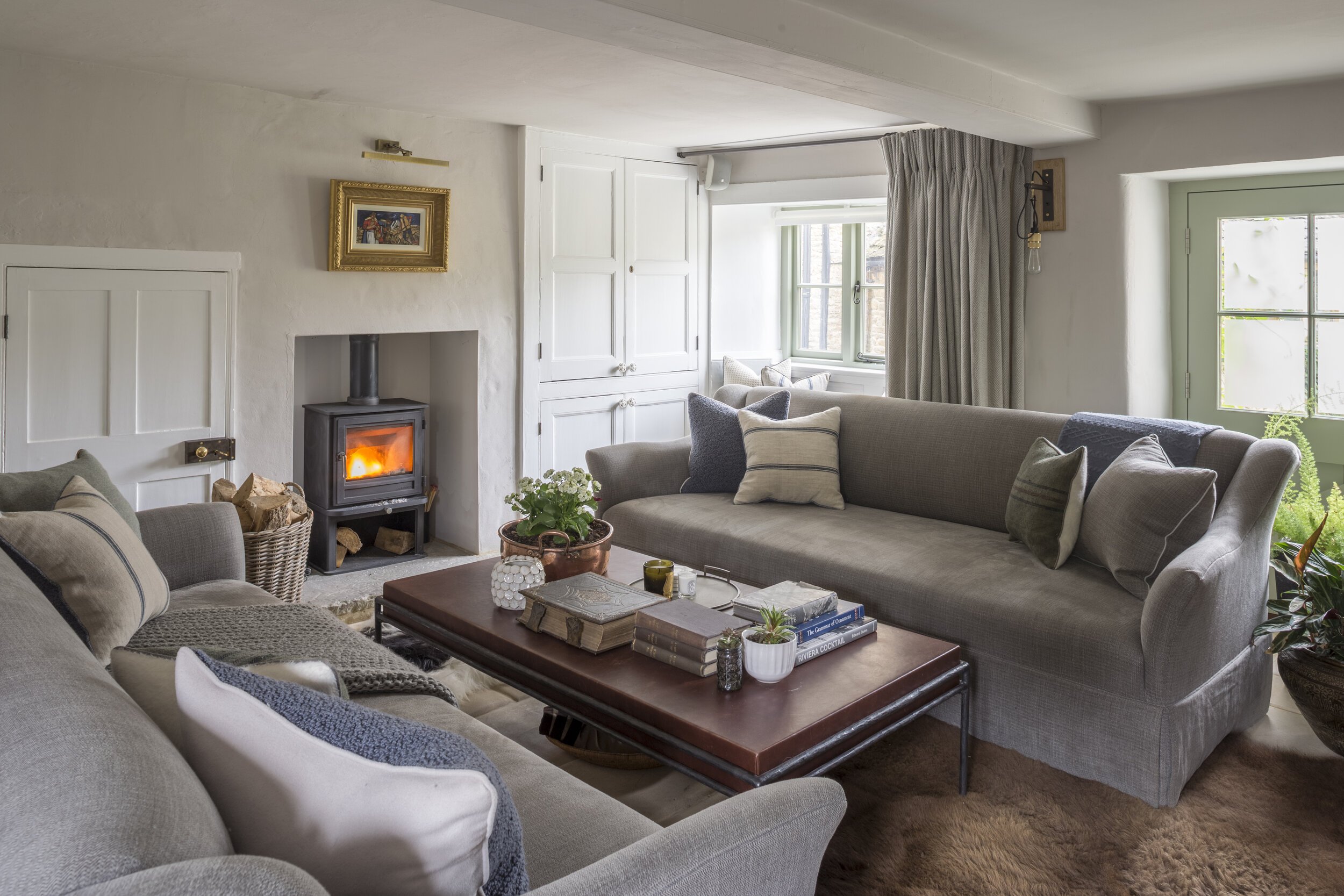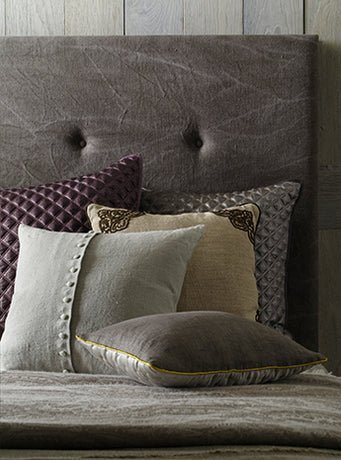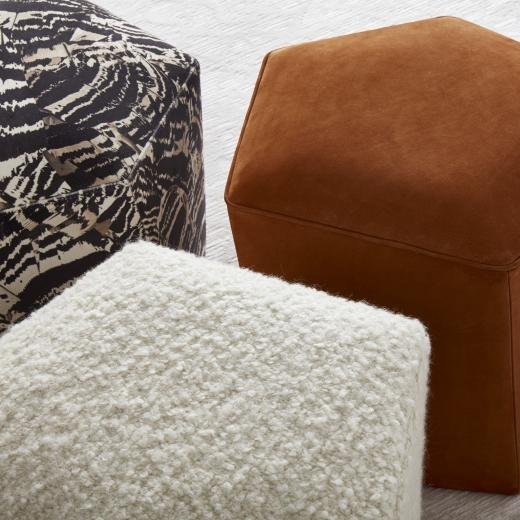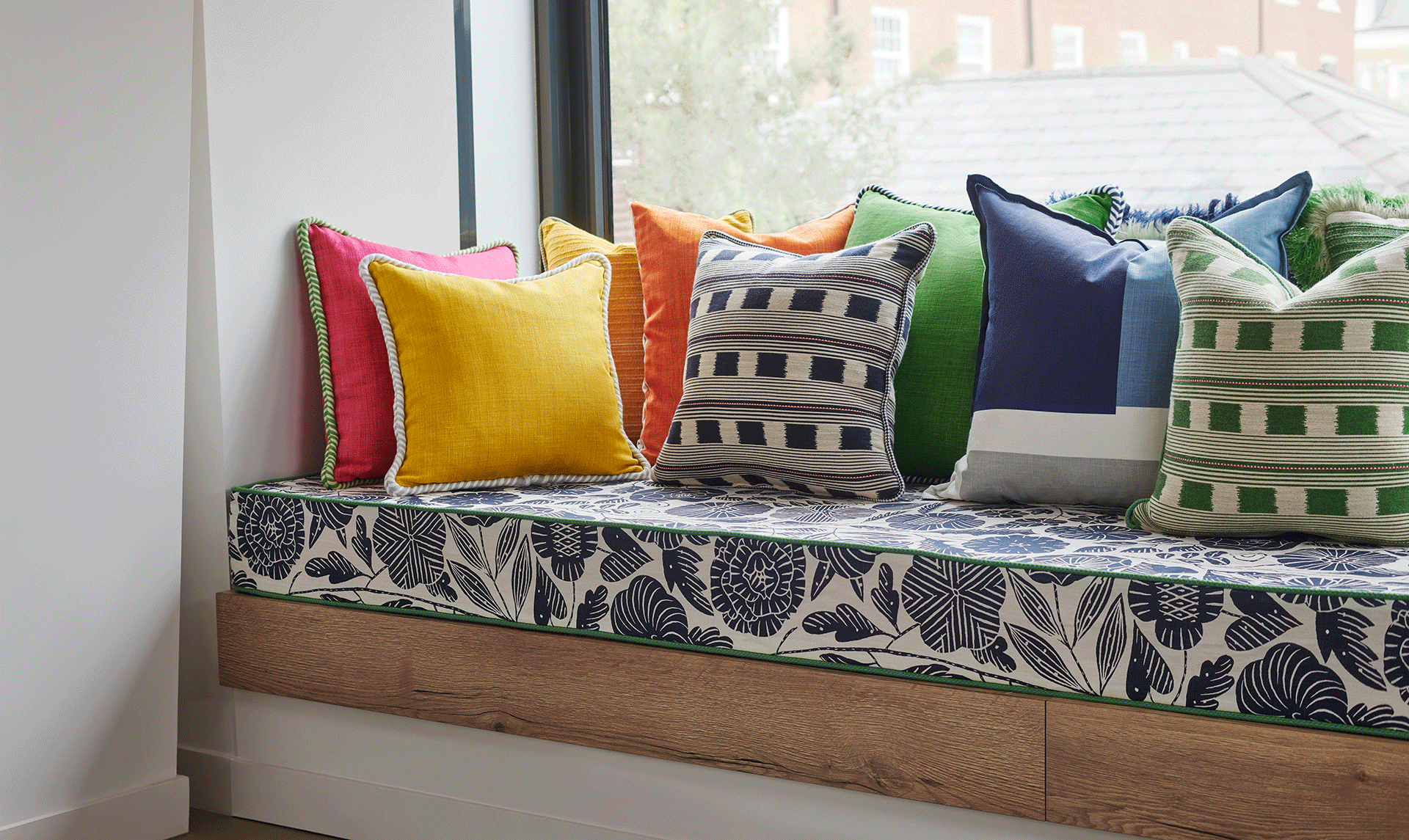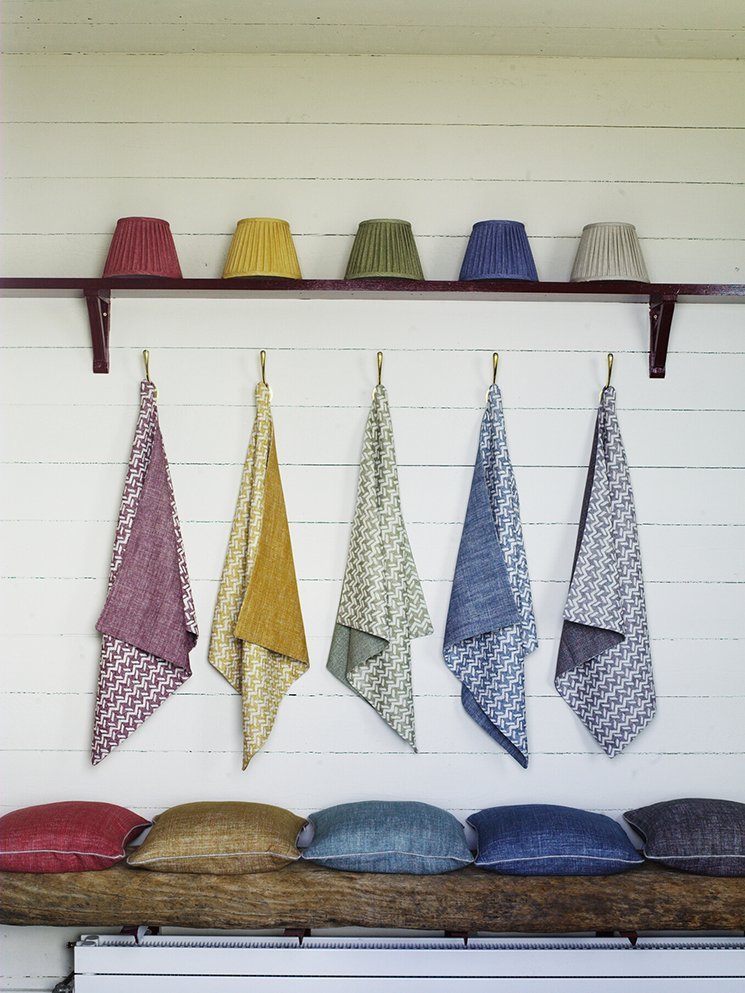Living Room Design, Part 2: Storage & Shelving, Choosing Furniture and Using the Space
Things to Consider: From creating a space that feels personal to choosing quality pieces for your home.
By London Interior Design Expert, Irene Gunter
A beautiful living room needs to look inviting, with personal touches, signs and patina of family life, pictures and books. Without these, it just feels like a hotel lounge! To me a living room just isn’t a living room without books; so bookshelves, shelves and storage for objects and mementoes are a necessity. Books tell a story about who you are – people are attached to their books, they are reminders of particular periods of their life and stories that added colour and meaning. I find that having shelves filled with books and personal decorative items make a room feel cosy and inviting.
There are some very practical and traditional (and possibly predictable!) ways of providing storage and display space in the living room. Think of bespoke alcove shelving, to the left and right of the fireplace, perhaps combined with cupboards – which can be used to hide electrical and tech equipment. We like to think a little bit more ‘outside the box’ though, perhaps building shelving up and over the tops of doorways or creating low-level bookshelves sitting under the stairs or within custom-made window seats and so on. Joinery design is a key way to add texture, elegance, fun and practicality to your room so it’s often a key starting point in our design process.
Bespoke Fitted Furniture: Top Tips
Made-to-measure cabinets, bookcases and shelves can be cleverly proportioned to even out unevenly proportioned rooms, as well as hide key services such as under-floor heating manifolds or fuse boxes
Cupboard doors can be framed and wallpapered, designed to match the proportions of existing doors and trims, and to echo architectural decorative details such as cornicing, dado rails and skirting boards
Don’t just think of wood or painted finishes when putting together joinery ideas, we always find new interesting materials to incorporate from wallpapers and fabrics to more rarefied cracked gesso and eglomise mirror
Push-to-open (or close) doors and drawer fronts can become ‘invisible’ storage – or conversely, choose beautiful decorative handles, pulls and knobs to make them into statement details
A joinery design can be made (or ruined) by a good selection of integrated architectural lighting. Paying close attention to how these are integrated makes my heart jump a little faster - no flush frosted diffusers for us, but angled recessed LEDs that shine away from your eyes and discretely highlight your belongings, or fun decorative wall lights from Soane Britain
Some living rooms can be defined by the way the furniture is arranged. We have just designed what could be described as a ‘double living room’ at the back of one house. It’s slightly too small to be split into two living rooms, but at the same time slightly too big for a room with just one seating area. So we’ve created two separate seating areas that function individually, and each area would be cosy for one or two people. But … if there’s say, six or eight people, the two areas face each other and become a sociable space for a larger group of family and friends.
Spaces for Family and Friends
When we’re working and planning with our clients we spend a lot of time talking about how to make the living room inviting for friends and family. We like to get stuck into the details -so perhaps there needs to be a space for guitar and music stands, or somewhere to store the music equipment. A lot of families play board games or do jigsaw puzzles, so then it’s nice to have a table and upright chairs in a little corner so that everyone can be comfortable whilst playing – leaning over a low coffee table isn’t always ideal! Side tables are undervalued, most people want a coffee table, but that can sometimes intrude on circulation space. Easily moveable side tables are really useful, they are handy for drinks and can be shifted around as needed. I like a double-layer coffee table too – the top surface is perfect for display and books, and the lower level can be for the newspapers and magazines that seem to accumulate! Another nice idea is to have a beautiful basket, perhaps behind a door or at the side of a sofa, with extra cushions and rolled-up throws which can be put to use when getting comfy on the sofa when the film is about to start.
Also - I’m a total sucker for candles. Whether you indulge in beautifully scented high end candles or simple white pillars, they instantly set the mood to relax, unwind & put your feet up.
Textured Influences
Texture is an incredibly important part of living room design. Texture can be introduced on the walls by using fabric or wallpaper, and some paints – especially the very matt finishes – have an almost textural effect, too. Textures can be layered, especially on the sofa and chairs. The main fabric may be plain, but interest and texture is added with cushions, braids, trims and blankets or throws. We’re not too keen on leather sofas, but those with very soft finishes can be interesting and we are always on the lookout for new designs and inspiration. Sometimes, a leather chair can be placed as a feature or focal point in a living room, or a leather ottoman is an elegant and practical solution when you don’t want to be too precious about using coasters. .
We always want our living rooms to look comfortable and inviting, and textured fabrics go a long way in providing that look. As such, sofas, chairs and curtains play a large part in the look of a living room. Comfort is everything, and we will always try out the main upholstered pieces we source. People are all sorts of different shapes and sizes, so there isn’t a ‘one size fits all’ sofa or chair! We try and encourage our clients to come with us to try out the sofa we’ve selected to make sure it works for them personally. Some pieces can be customized and made higher or deeper or narrower, and some clients may want a sumptuous feather filled sofa cushion and others will want a firmer, more supportive design. That’s what makes designing these rooms so fun and interesting – it’s using our experience and knowledge to create a comfortable, uplifting living room that will hopefully become a family favourite.
Gunter & Co’s Top Choices for Textiles and soft furnishings
De Le Cuona for beautiful textures
Great Plains by Holly Hunt for timeless elegance and practical multi-tone weaves
Christopher Farr Cloth for interesting woven patterns
Fermoie for quintessentially English printed cottons and linens
Next Time: Living Room Design Part 3: Living Room Flooring





